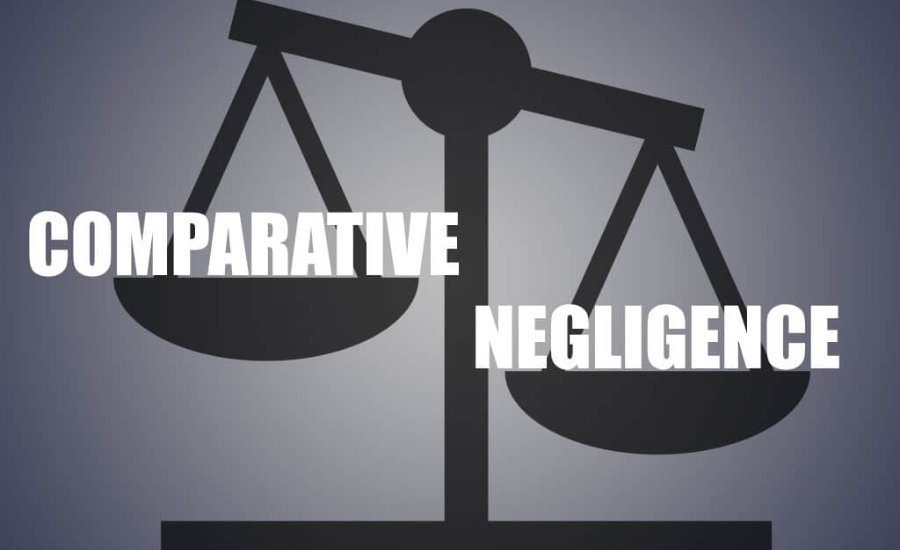Society is governed by rules that center around accountability and responsibility. As such, we have a responsibility to ensure the safety of the people around us.
How responsible you are will vary depending on the situation. For example, as a car driver, you have a responsibility to ensure the safety of other road users by adhering to traffic laws. When you break these rules and harm others, you are deemed liable and must compensate the victims.
This is where comparative negligence comes in, a legal doctrine that governs personal injury cases in the US. Read on to find more information.
What Is Comparative Negligence?
Comparative negligence is a doctrine within US law that seeks to allocate responsibility and damages equitably between parties based on their respective degrees of fault. Let’s look at a simple example to understand how it works:
Say you are involved in a car accident involving three cars, and
all three drivers bear some responsibility for the crash, say because of inattentive driving or speeding, under comparative negligence, the negligent actions of all three drivers can be compared to determine proportion of liability. While you can seek compensation, your compensation may be reduced depending on your assigned degree of fault. Say you were 40% to blame for the accident, you will only be able to receive 60% compensation.
Comparative Negligence vs. Contributory Negligence
Today, comparative negligence is the doctrine most used in the US as well as many other countries, such as Canada. Before that, however, we had contributory negligence. “Contributory negligence was different and criticized for being too harsh, as mainly innocent victims often went uncompensated,”explains the injury attorneys at The Law Offices of Doroshow, Pasquale, Krawitz and Bhaya.
What is the difference between the two? Under comparative negligence, you can seek compensation even if you were partly to blame for the incident. But under contributory negligence, being at fault, no matter your level of fault, automatically locks you out of compensation.
This means that, previously, even if your assigned degree of fault is 1%, you could not seek compensation under contributory negligence.
Types of Comparative Negligence
There are different types of comparative negligence used in various jurisdictions across the US:
- Pure comparative negligence: Under pure comparative negligence, you can seek compensation regardless of your percentage of fault for the incident. Say you were 90% to blame for the accident, you can seek compensation, but it will be reduced according to your share of responsibility. In this specific case, you would only be able to recover 10% of your damages.
- Modified comparative negligence 50% rule: Under modified comparative negligence, applicable in Delaware, you are only eligible to seek compensation if your assigned level of fault falls below 50%.
- Modified comparative negligence 51% rule: Under this doctrine, you can only seek compensation for personal injury if your assigned level of fault is 50% or below. If it is 51% or higher, you are automatically locked out of filing a claim.
Conclusion
If you are involved in an incident that caused you injury due to another party’s negligence, you may be eligible for compensation by filing a personal injury claim. In such cases, you need the help of an attorney to know how much damages you can seek depending on your degree of fault. This will also depend on the comparative negligence rule applicable in your state.
Don’t miss the latest updates and alerts visit: Internal Insider!










